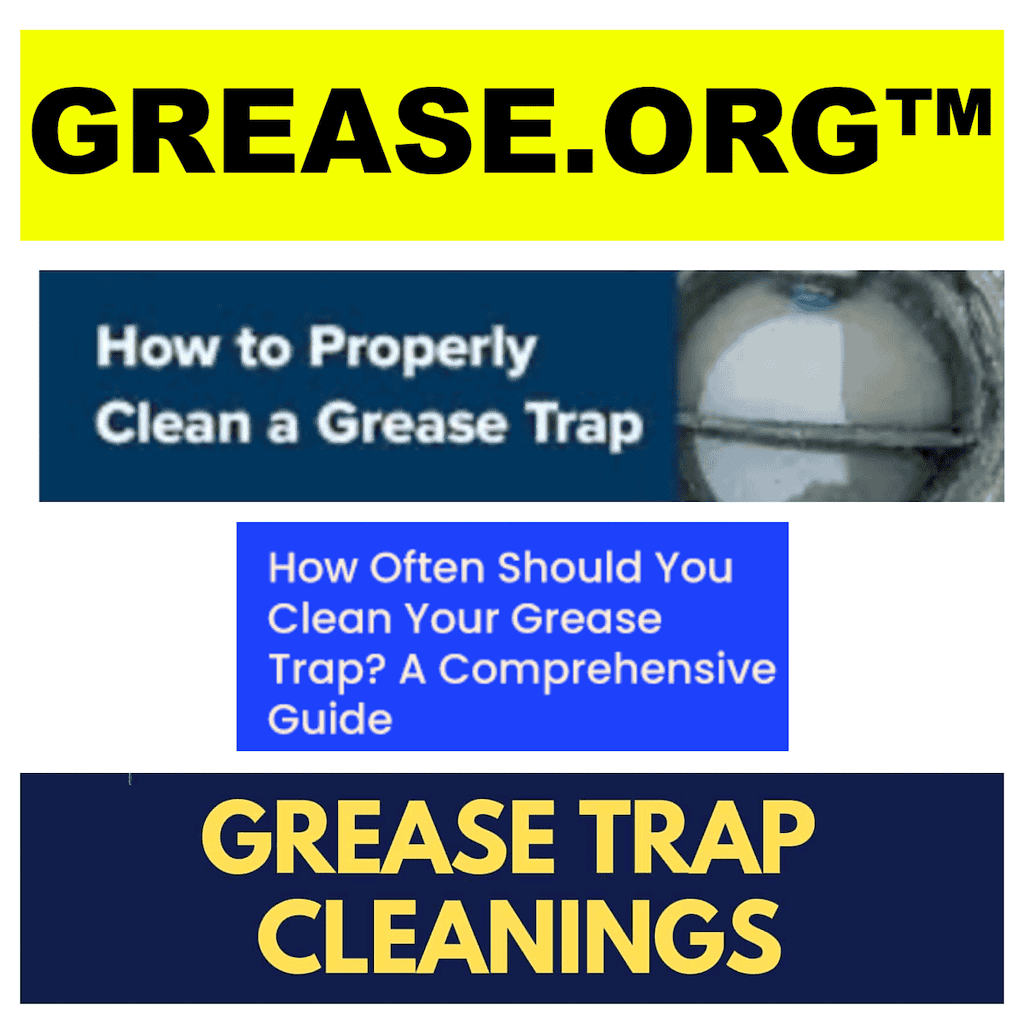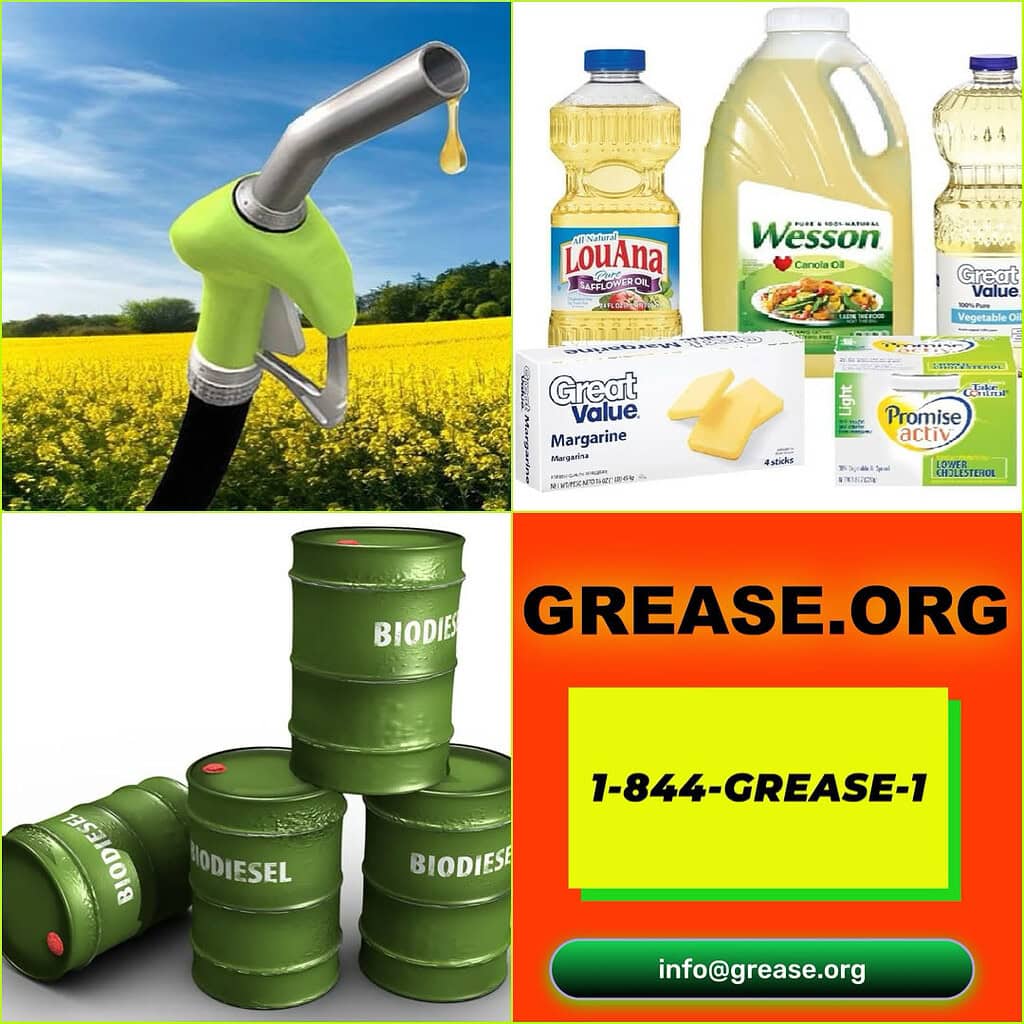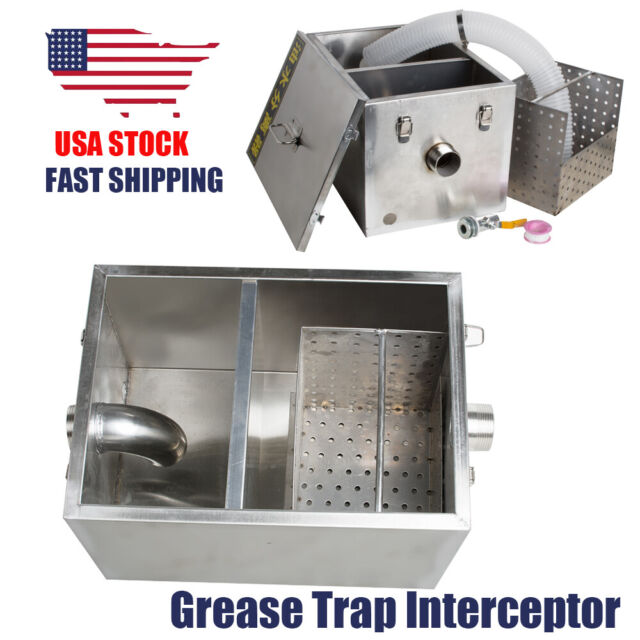Introduction
Grease traps are critical components in commercial kitchens and food service establishments. They are designed to intercept fats, oils, and grease (FOG) before these substances can enter the wastewater disposal system and cause blockages or environmental harm. Proper grease trap maintenance is essential for avoiding plumbing issues, adhering to local regulations, and ensuring the overall efficiency of your kitchen operations. This article provides a comprehensive guide on the best practices for grease trap maintenance, highlighting the importance of regular cleaning, monitoring, and compliance with legal standards.
Understanding Grease Traps
To appreciate the necessity of grease trap maintenance, one must first understand how these devices function. A grease trap, often referred to as a grease interceptor, is a plumbing fixture that captures FOG from wastewater. As water from sinks and dishwashers flows into the trap, the grease, being less dense, floats to the top while heavier solids sink to the bottom. The relatively clean water exits the trap and continues through the plumbing system. Over time, the trapped grease accumulates until the device requires cleaning.
The Importance of Regular Maintenance
Neglecting grease trap maintenance can lead to a multitude of problems. A grease trap that is not properly maintained can become clogged, causing unpleasant odors, slow drainage, and even pipe blockages that can halt kitchen operations. More critically, failing to maintain grease traps adequately can result in severe environmental damage. FOG that escapes into the sewage system can cause significant blockages, leading to overflows and contamination of local water bodies. Therefore, regular maintenance is not just a best practice but a necessity for any business involved in food preparation.
Steps to Effective Grease Trap Maintenance
Maintaining a grease trap involves several key steps, all of which are essential for ensuring its efficiency and longevity. By following a systematic approach, businesses can prevent many of the common issues associated with grease traps.
Regular Cleaning
The cornerstone of grease trap maintenance is regular cleaning. The frequency of cleaning depends on the size of the trap and the volume of FOG produced. For most commercial kitchens, a monthly cleaning schedule is recommended, though high-volume establishments may require more frequent attention. During cleaning, all contents of the grease trap should be removed, including grease, solids, and any water. The trap should then be scrubbed and rinsed thoroughly to eliminate any lingering residues.
Proper Waste Disposal
After removing the grease and solids, it is crucial to dispose of them properly. Grease should never be poured down the drain or disposed of in regular trash bins. Instead, businesses should use receptacles specifically designed for FOG disposal or contract with waste management services experienced in handling such materials. Proper disposal not only ensures compliance with environmental regulations but also prevents recontamination of the plumbing system.
Inspection and Monitoring
Regular inspection is another critical aspect of grease trap maintenance. During each cleaning, staff should inspect the trap for signs of wear or damage, such as cracks or deteriorating components. Monitoring the grease levels between cleanings can also provide valuable insights into whether the current cleaning schedule is adequate. Many establishments use grease trap monitors to track FOG accumulation in real time, allowing for timely intervention before issues arise.
Record Keeping
Maintaining detailed records of grease trap maintenance activities is not only a good business practice but often a regulatory requirement. Records should include dates of cleanings, the volume of grease and solids removed, and any observations made during inspections. These records can be crucial during health inspections or in the event of a plumbing issue, providing proof of due diligence and helping to diagnose potential problems.
The Role of Professional Services
While many aspects of grease trap maintenance can be handled in-house, there are benefits to engaging professional services for periodic deep cleaning and inspections. Specialized service providers have the expertise and equipment to perform thorough cleanings that may be beyond the capabilities of regular kitchen staff. They can also offer valuable advice on best practices and help ensure compliance with local regulations, reducing the risk of fines or operational disruptions.
Compliance with Regulations
Compliance with local regulations is a crucial aspect of grease trap maintenance. Many municipalities have stringent guidelines regarding the installation, maintenance, and cleaning of grease traps. Failure to comply with these regulations can result in hefty fines and even temporary shutdowns of the establishment. It is essential for businesses to familiarize themselves with local requirements and ensure that their maintenance practices meet or exceed these standards. In some regions, this includes mandatory reporting and regular inspections by local authorities.
Implementing a Maintenance Plan
To maintain an effective grease trap maintenance program, businesses should implement a structured maintenance plan. This plan should outline the responsibilities of kitchen staff and maintenance personnel, specify the recommended cleaning schedule, and establish procedures for waste disposal and record-keeping. Staff should be trained on the importance of grease trap maintenance and their role in the process. Regular audits of the maintenance plan can help identify areas for improvement and ensure ongoing compliance with best practices and regulatory requirements.
The Benefits of Consistent Maintenance
Consistent grease trap maintenance yields numerous benefits for commercial kitchens. It ensures the smooth operation of the plumbing system, reducing the risk of costly and disruptive blockages. Regular maintenance also extends the lifespan of the grease trap, providing better value for the initial investment. Moreover, by adhering to best practices and regulatory requirements, businesses can minimize their environmental impact, contributing to a healthier community and a cleaner water supply.
Conclusion
In conclusion, grease trap maintenance is a vital aspect of operating a successful food service establishment. By understanding the importance of regular cleaning, proper waste disposal, and diligent record-keeping, businesses can prevent the many problems associated with clogged or malfunctioning grease traps. Engaging professional services and ensuring compliance with local regulations further enhances the efficacy of a grease trap maintenance program. Ultimately, consistent maintenance not only safeguards kitchen operations but also supports broader environmental sustainability efforts. Adopting a comprehensive approach to grease trap maintenance is an investment in the long-term success and integrity of any food service enterprise.




